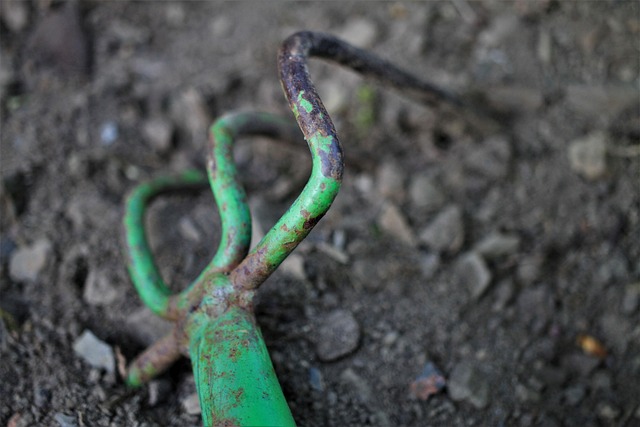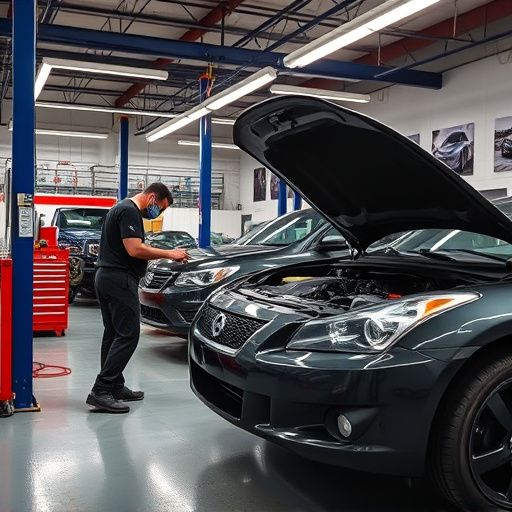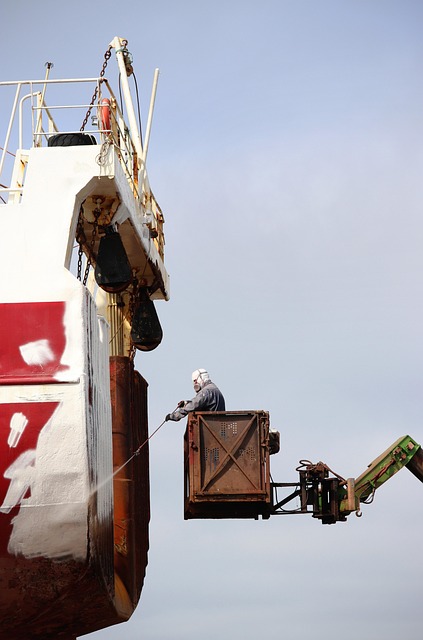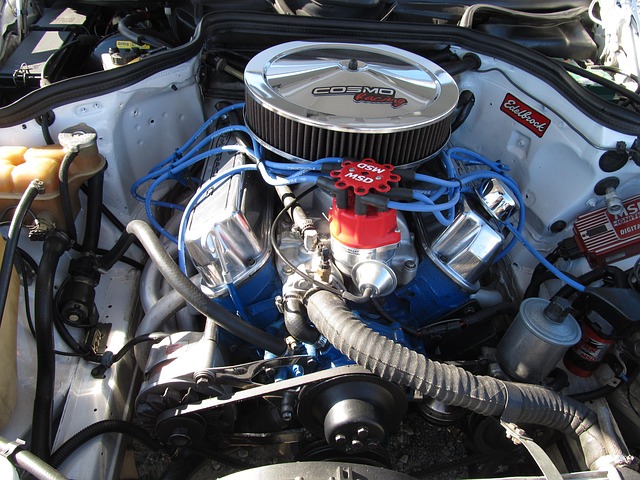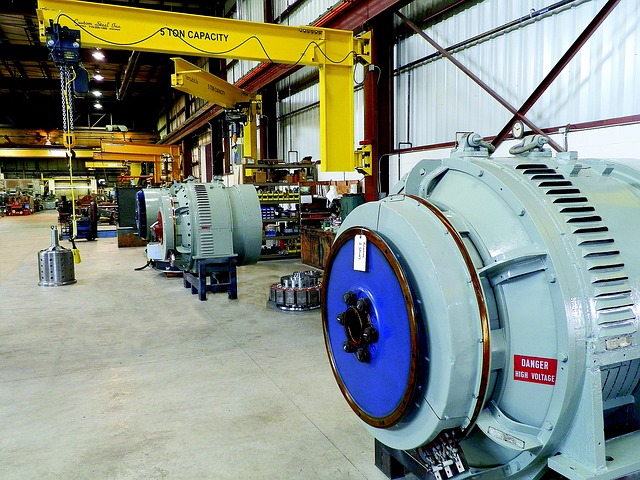Assessing and repairing flood-damaged vehicles requires a multi-step process by trained professionals. Initial evaluation includes checking structural integrity and electrical systems, with safety as a top priority. Advanced diagnostic tools are used to identify water intrusion, rust, and corrosion. Frame straightening ensures stability before repairs. The meticulous restoration of the electrical system involves thorough assessment, disassembly, drying, cleaning, repair or replacement, reassembly, testing, and road test. Post-repair, comprehensive testing includes computer diagnostic scans and driving simulations to ensure safety standards and reliable performance under stress. This specialized approach guarantees safe and effective flood damaged vehicle repair services.
After a flood, vehicle repairers face unique challenges in restoring not just external damage but also intricate electrical systems. This article delves into the critical process of electrical system restoration in flood-damaged vehicles, covering assessment and safety protocols, step-by-step restoration techniques, and thorough testing for safe operation. Understanding these procedures is essential for professionals aiming to expertly navigate and revitalise vehicles impacted by flooding.
- Assessing Flood Damage and Safety Protocols
- Step-by-Step Electrical System Restoration Process
- Testing and Ensuring Safe Operation After Repair
Assessing Flood Damage and Safety Protocols
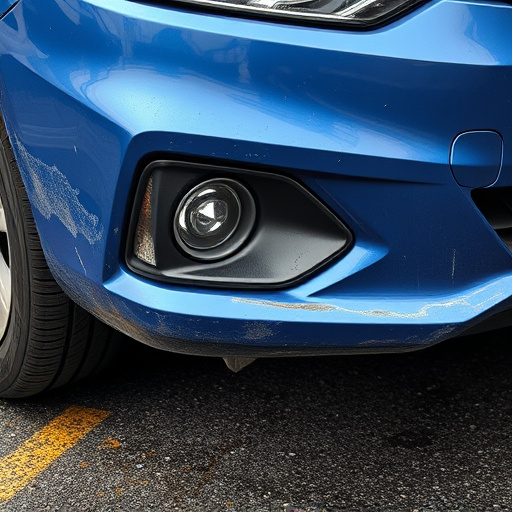
Assessing flood damage is a critical step in the restoration process for any flood-affected vehicle. The initial evaluation should focus on both the structural integrity and electrical systems. In flood damaged vehicle repair, safety protocols must be strictly adhered to due to potential hazards like water-damaged electronics and compromised structural components. A thorough inspection by trained professionals from a reputable collision repair shop is essential.
They will check for any visible signs of water intrusion, rust, or corrosion, which could indicate deeper issues. Advanced diagnostic tools can also identify faulty circuits or components that might require replacement. Moreover, frame straightening techniques may be employed to ensure the vehicle’s structural stability and safety before proceeding with auto repair services. This meticulous process guarantees a safe and reliable restoration for flood-damaged vehicles.
Step-by-Step Electrical System Restoration Process
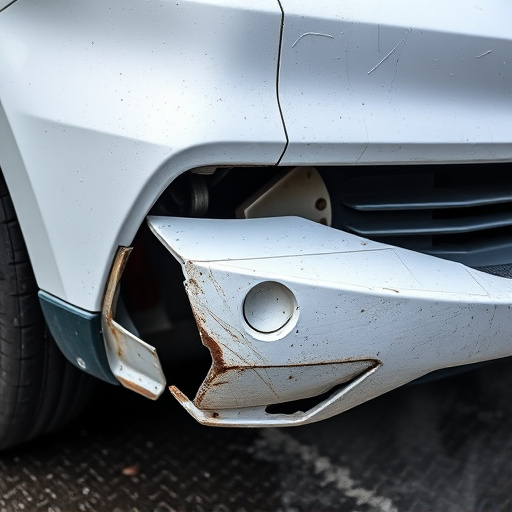
Restoring the electrical system in a flood-damaged vehicle is a meticulous process that requires careful attention to detail. It’s crucial to ensure safe and proper restoration, especially given the potential hazards posed by water intrusion. Here’s a step-by-step guide for car repair services specialising in flood damaged vehicle repair:
1. Assess Damage: The first step involves thoroughly inspecting the vehicle to identify any visible signs of water damage, including corrosion or short circuits. This is crucial as it determines the extent of the electrical system restoration required, impacting decisions for fender repair and auto body repair processes.
2. Dismantle and Dry Out: Once damage is identified, the electrical components need to be carefully dismantled and removed from the vehicle. It’s vital to dry out these parts completely before reassembly to prevent further corrosion or malfunctioning.
3. Inspect and Test Components: Every component of the electrical system must be meticulously inspected for any signs of water damage or wear and tear. This includes batteries, wires, alternators, sensors, and ECUs (Electronic Control Units). Testing is conducted to ensure each part functions correctly, using specialized diagnostic tools to check for codes or errors.
4. Clean and Repair/Replace: All components found to be damaged or faulty are either cleaned and repaired or replaced entirely. This involves using appropriate cleaning solutions to remove corrosion and ensure surfaces are free from contaminants. For auto body repair, this step also includes restoring the vehicle’s exterior to its pre-flood condition, addressing any cosmetic issues caused by water damage.
5. Reassemble and Reconnect: After ensuring all parts are in good working order, they are meticulously reassembled back into their original positions within the vehicle. Each electrical connection is carefully restored, ensuring proper wiring and secure attachments.
6. Final Testing and Road Test: Once reassembly is complete, a series of final tests are conducted to verify that every component functions as expected. This includes checking the charging system, lighting, and all electronic systems. A road test is also performed to ensure the vehicle operates safely and smoothly following the restoration process.
Testing and Ensuring Safe Operation After Repair
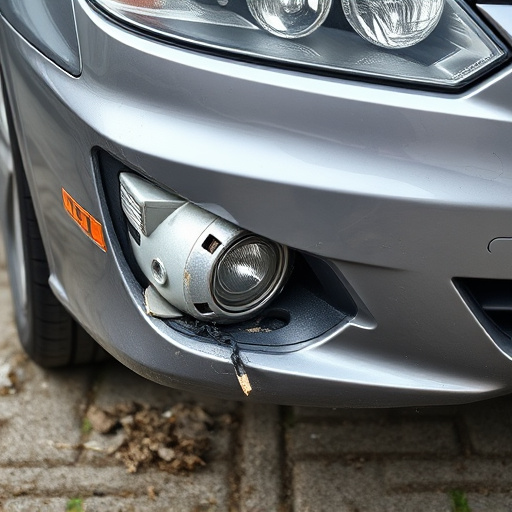
After repairing a flood-damaged vehicle, it’s crucial to conduct thorough testing and ensure safe operation before putting it back on the road. The first step involves inspecting all electrical components for any signs of corrosion or damage caused by prolonged submersion in water. This includes checking the battery, alternator, starter motor, and wiring harness for proper functionality and secure connections.
Additionally, a diagnostic scan should be performed to identify any codes or errors stored in the vehicle’s computer system, which may have been triggered during the flood. Once all systems pass these initial checks, further testing can include simulated driving conditions to verify the reliability of the electrical system under stress. This process ensures that repairs made for flood-damaged vehicles, including auto collision repair and car damage repair for the vehicle bodywork, meet safety standards and perform optimally in real-world scenarios.
After meticulously assessing flood damage and adhering to safety protocols, restoring the electrical system in a flood-damaged vehicle involves a structured process. By following a step-by-step approach, from removing contaminated components to meticulous reinstallation and rigorous testing, technicians ensure safe operation. This comprehensive guide facilitates efficient flood damaged vehicle repair, prioritizing both effectiveness and safety for all involved.
